
Dr Sara Namvar (University of Salford, UK)
Meeting organiser for ‘Current Challenges, Innovative Practice and Student Experience in Physiology Education’
Games and puzzles are by their very nature fun and engaging for most people and it will come as no surprise that ‘play’ is a critical part of child development. Evidence suggests that play continues to hold value to learners even in higher education. Through safe risk taking and experimentation, play can remove barriers, enhance deeper learning, support practical experiences, build classroom rapport and aid student motivation (Forbes, 2021). Playful learning means different things to different educators. It can take the form of simple quizzes and games, or be more elaborate involving detailed narrative, problem solving, role play and storytelling amongst other things (Whitton, 2018). Learning games may make use of simulated approaches, actors and a broad range of digital technologies including virtual reality.
The game’s afoot
I first came across the idea of playful learning in higher education as an experienced post-doctoral researcher in 2017 whilst attending my first teaching focused conference. It was there that I participated in my first competitive tabletop escape game, in a workshop led by Liz Cable, that brought together academics from a vast range of disciplines. Being new to the idea of innovative teaching (anything beyond a traditional lecture!), I was a little unsure, but the experience was something that transformed my idea of what higher education should involve.
The enchanting elements of the game – mysterious treasure chests, briefcases, padlocks, reference books, and clues – somehow broke down all barriers and facilitated immediate teamwork towards a shared objective. Despite not winning, the thrill and vigour that the game infused into our learning experience remain vivid in my memory. Learning from this experience, I began experimenting with the use of padlocks and boxes to design simple information recall escape games which my students have enjoyed.
An introduction to game design
According to Nicholson and Cable there are several key elements to consider when developing an escape game. The first is the setting, which will depend on the purpose of the game. It can for instance be a new environment you wish to introduce students to, for example a library where you may want to socialise freshers to locating and borrowing books for the first time (Nicholson & Cable, 2021). It can be challenging to gain access to specialist spaces, such as industry standard laboratories and hospital rooms, to train transferable skills relevant to physiology and physiology aligned degree programmes. In these cases, access to simulation facilities and virtual reality equipment is going to become increasingly important for useful game design.
Another key aspect to escape game design is the social aspect introduced by bringing players together to work on a shared goal which enables students to develop a broad range of skills including teamwork and communication. Reflecting on their learning, students can also think about their own personal qualities that may require development, which they can finetune at future attempts. The use of storytelling or narrative is also important as it enhances the realism, emotional investment, and excitement of escape games for learning.
As well as solving puzzles and higher level strategic thinking, good educational escape games will also develop, or offer the opportunity for learners, to practice key transferable skills (Nicholson & Cable, 2021). This could be anything ranging from the use of a spreadsheet to carrying out a procedure in the lab. Whilst putting the programme together for the ‘Current Challenges, Innovative Practice and Student Experience in Physiology Education’ meeting taking place at University of Salford in May, I really wanted to give playful learning the platform it deserves. Naturally Liz Cable immediately came to mind. I am delighted that she is able to join us and I am sure she will transform your practice as she did mine.
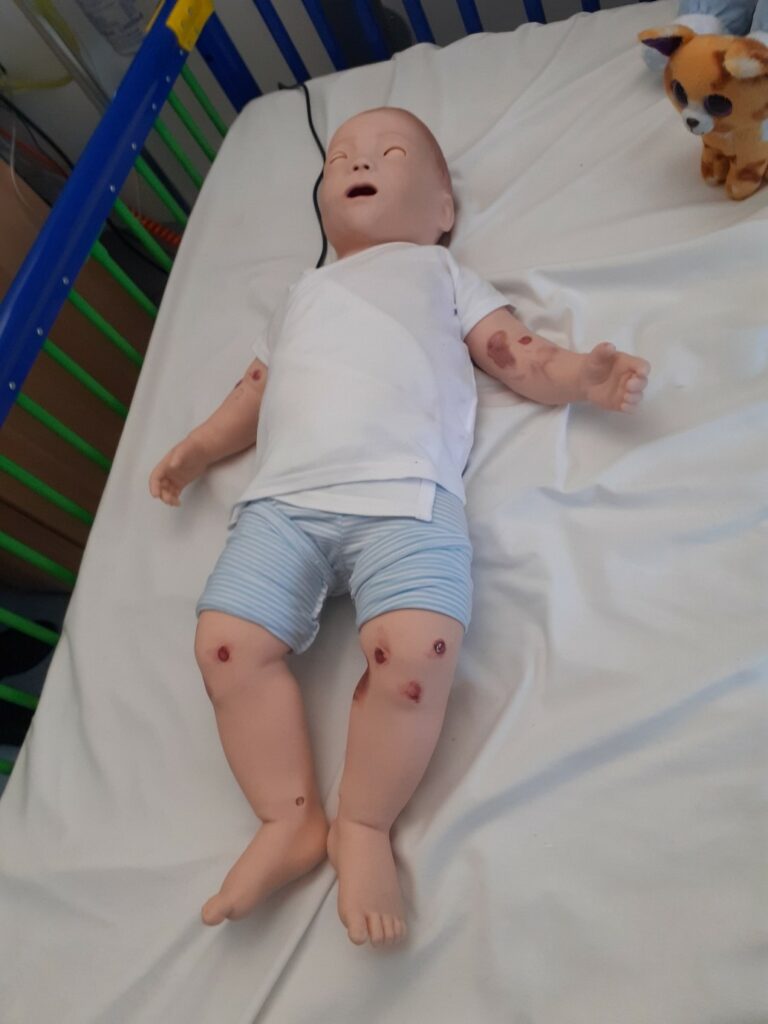
Creating an immersive and fun learning environment for clinical practise
At the University of Salford, we run a highly successful mentorship scheme for Life Sciences students interested in postgraduate Medicine, Dentistry and Physician Associate courses (GEMMS-PA). Overseen by Professor Nirmalan, for several years we have used traditional workshops with input from alumni to communicate key information. We have also made use of classroom-based roleplay to develop communication skills important for interviews.
I wanted a more immersive and fun learning experience with realism that would develop transferable skills relevant to preparation for clinical interviews. Given the widespread interest from students, we decided to take the opportunity to design a suitable escape game for GEMMS-PA that would develop career aligned transferable skills.
Working with alumni we designed clinical scenarios that were then played out in the University of Salford’s cutting-edge hospital ward simulations facilities in the School of Health and Society. Here students took on key roles as actors in the scenarios to put their learning into practice. They unpicked case notes, applied ethical reasoning, attempted basic medical observations, and communicated with patient actors and/or talking mannequins whilst being observed by facilitators. Scenarios included consulting a patient requiring cancer investigations, safeguarding issues surrounding a domestic violence case, and ethical dilemmas with decision making for liver transplant patients.
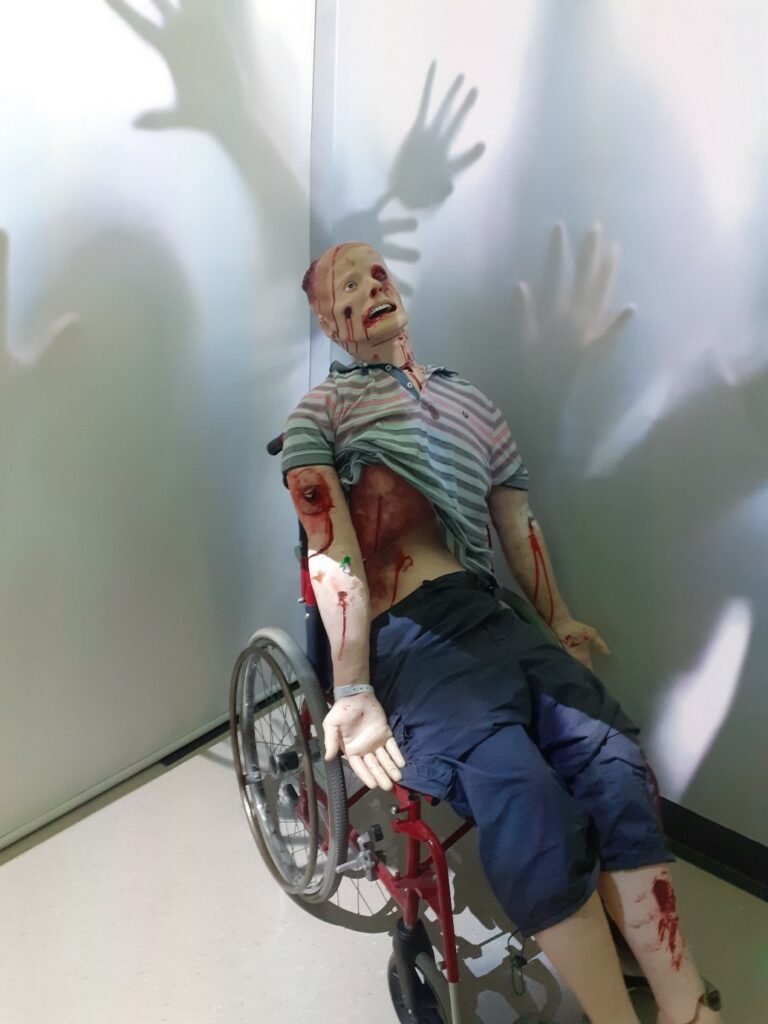
For the grand finale, complete the zombie challenge
Each case was delivered in a separate ‘hospital room’ appropriately dressed to bring realism and excitement to the scenario. The use of a timer added to the suspense and forced students to quickly spring into character and work through tasks as a team. The grand finale was commenced in the immersive facility, a small room with 360° projections, where students were briefed about a zombie virus outbreak on campus. After solving some puzzles and working past some distractors, Life Sciences students had to make clinical observations on a zombie ‘patient’ for the first time.
Despite the fun, designing escape games for learning requires a significant investment of time, resource and usually a team of staff who are willing to contribute, especially where large student numbers are involved. Student feedback on access to these learning experiences is incredible. In my experience, playful learning helps break down barriers, which is particularly important for widening students’ participation. Part of my talk on ‘Graduate Capital’ at our Education and Teaching Meeting with The Physiological Society will cover this in more detail.
The Biomedicine team at Salford continue to develop escape games. One exciting area we will develop in the coming year are a series of games and simulations aligned to the clinical specialisms for Biomedical Science in close collaboration with NHS partners and alumni. We welcome collaboration in this area.
Another exciting area of activity well underway is online escape games for reinforcing concepts taught in principal first year modules. Overseen by Dr Nicola Morgan and Dr Matthew Jones, these digital games offer a new, cost-effective chapter for the university in the use of escape games in physiology education. You can view some of Nicky and Matt’s escape games here, they are also open to collaborative game design and look forward to meeting you at the meeting in May.
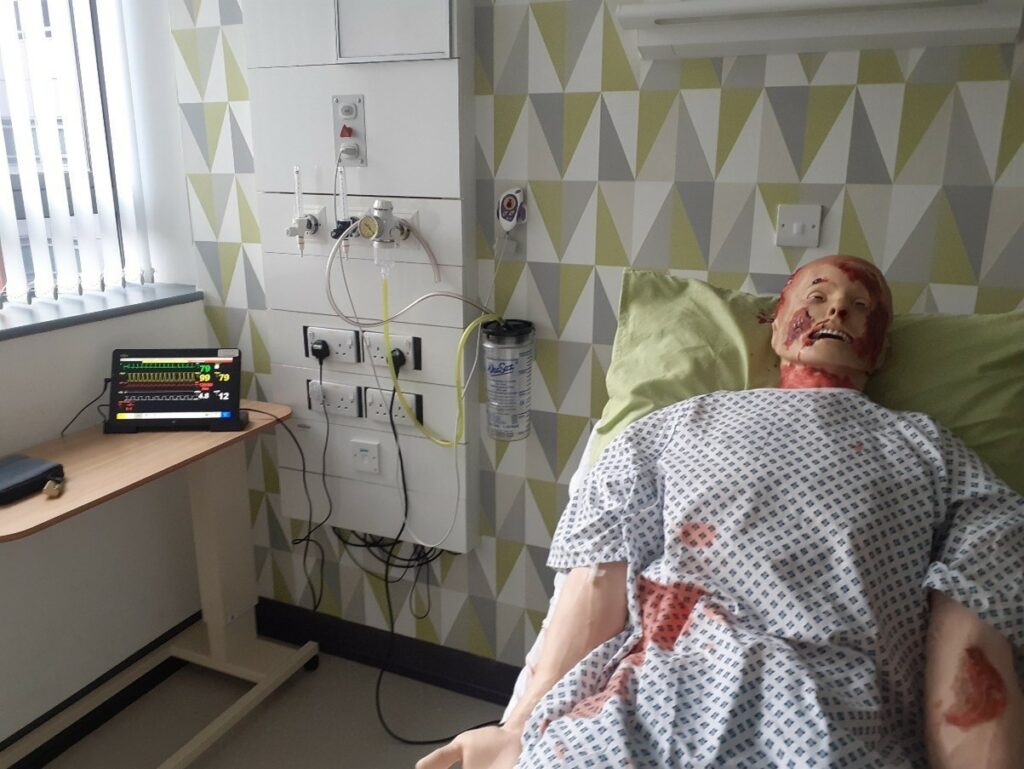
Practising the art of playful learning
The Playful Learning Association conferences are perhaps the best opportunity for educators to fully immerse themselves in the art of the playful learning and the opportunities it can bring. I have had the privilege of attending these meetings a few times and some of the most memorable sessions for me were delivered by Roger Saunders, as they are engaging to partake in, relatively easy to adapt for the purpose of physiology education and inexpensive to implement.
One of Rogers workshops at the playful learning conference focused on the development of classroom quizzes that go beyond the use of digital polling tools, which in my view could have been overused to engage large lecture theatres. One of his practical demonstrations involved the use of four plastic cups and a bag of sweets. We worked in teams to hedge our bets on the correct answers to general knowledge questions by agreeing to invest our sweets in plausible answer(s) to questions. This inexpensive approach is really engaging and can support rapid student teamwork and communication in large lecture theatres.
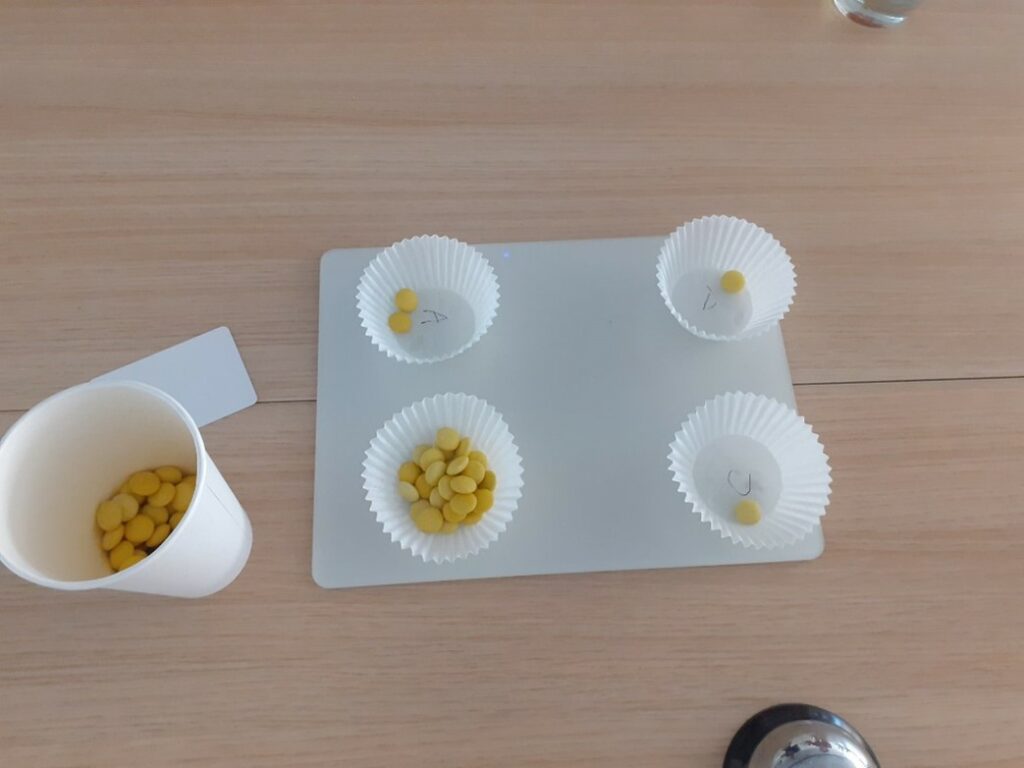
The second workshop I attended with Roger was a competitive production line style activity involving the use of Stickle Bricks. In the session, competitive teams had to view images of Stickle Brick designs, paying close attention to detail, and cooperating closely to successfully mass produce the design in question or risk complete failure! The use of a timer and Roger inspecting our work added to the suspense and made for a very exciting learning experience.
I could see the parallels between this Stickle Brick workshop and NHS laboratories I have visited where time pressures, teamwork and strict adherence to Standard Operating Procedures are all vital for success. I am thrilled that Roger has agreed to share some of his expertise on playful learning with us at the Education and Teaching Meeting . Roger also has a lot of expertise and experience in card game design (Saunders, 2023), something he will be talking to us about in May.
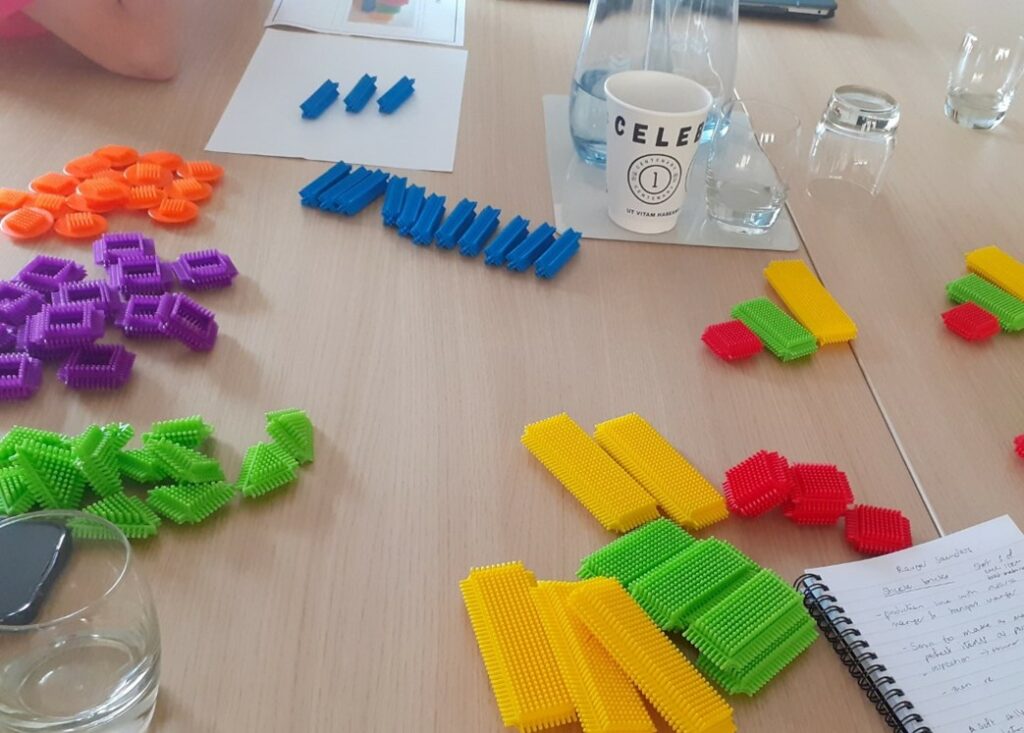
Join us in May for more innovative education ideas
As well as being joined by Liz and Roger, we have a very exciting list of guest speakers and contributors to panel conversations. The programme is intentionally broad, covering exciting content on innovative practice relevant to physiology education as well as the sector wide challenges we must work on collectively to overcome. We have had an overwhelming interest from across the country in short talks and poster communications. We look forward to sharing these details with you soon and welcoming you to the University of Salford in May.
Don’t miss out on our early bird registration rates for Current Challenges, Innovative Practice and Student Experience in Physiology Education. Registration fees will increase on 20 April, so save your spot today!
References
Forbes L (2021). The Process of Play in Learning in Higher Education: A Phenomenological Study. Journal of Teaching and Learning, 15(1), 57-73. https://doi.org/https://.doi.org/10.22329/jtl.v15i1.6515
Nicholson S & Cable L (2021). Unlocking the potential of puzzle-based learning : designing escape rooms and games for the classroom (1st. ed.). SAGE Publications.
Saunders R (2023). L&T Chat Show In L&T Bite Size 2 – Using card games for learning. https://podcasters.spotify.com/pod/show/landtchatshow/episodes/LT-Bite-Size-2—Using-card-games-for-learning-e25trer
Whitton N (2018). Playful learning: tools, techniques, and tactics. Research in Learning Technology, 26(0). https://doi.org/10.25304/rlt.v26.2035
